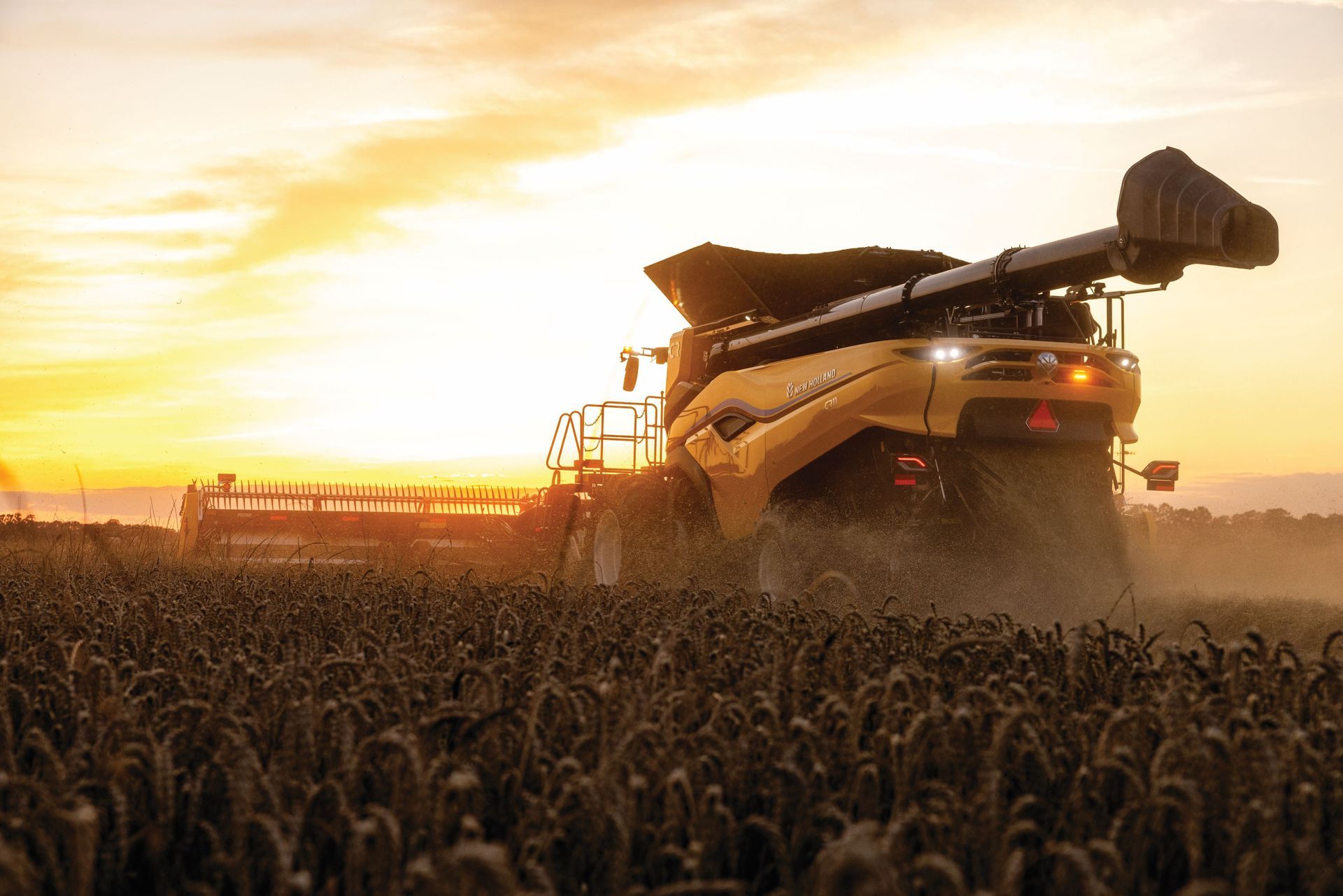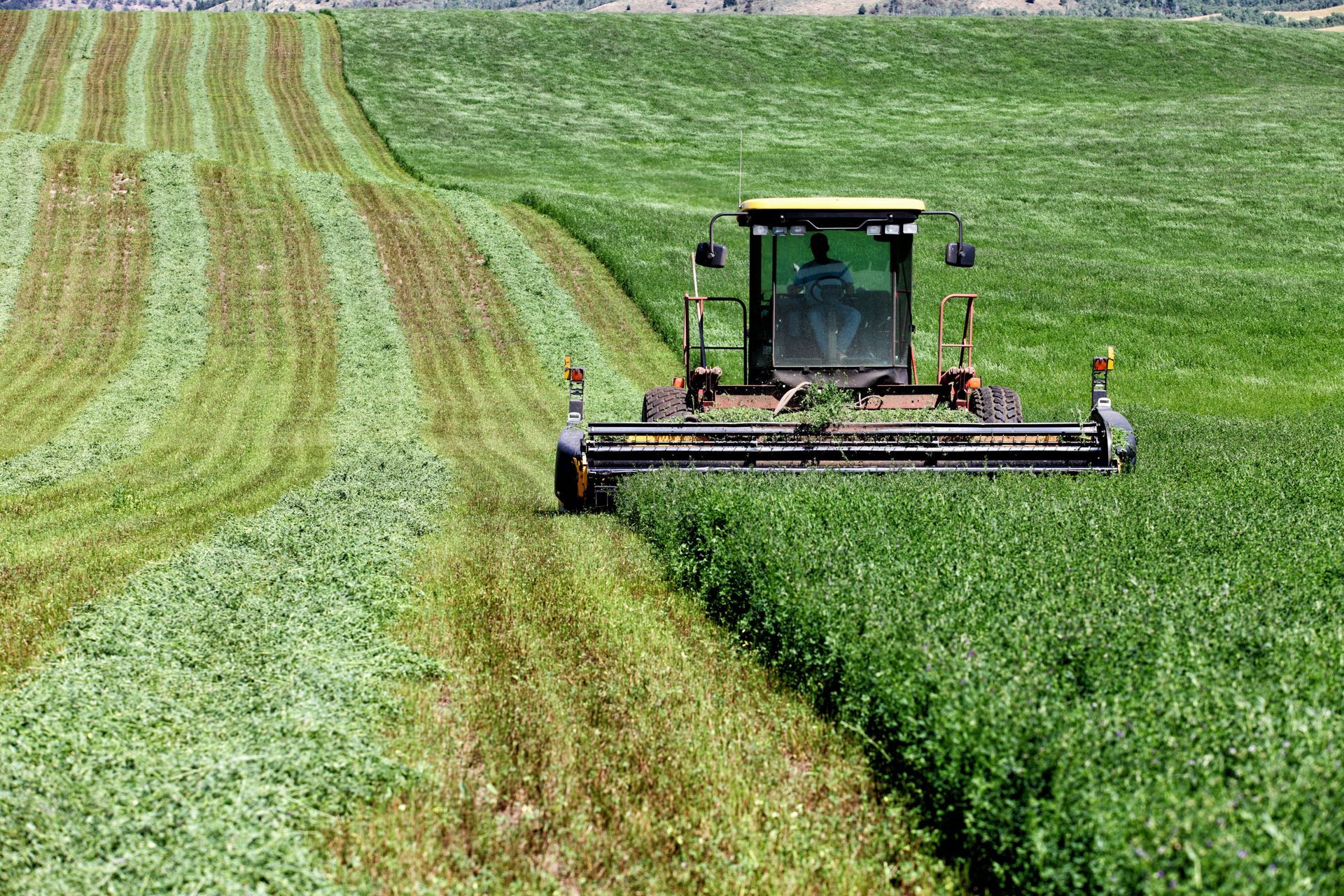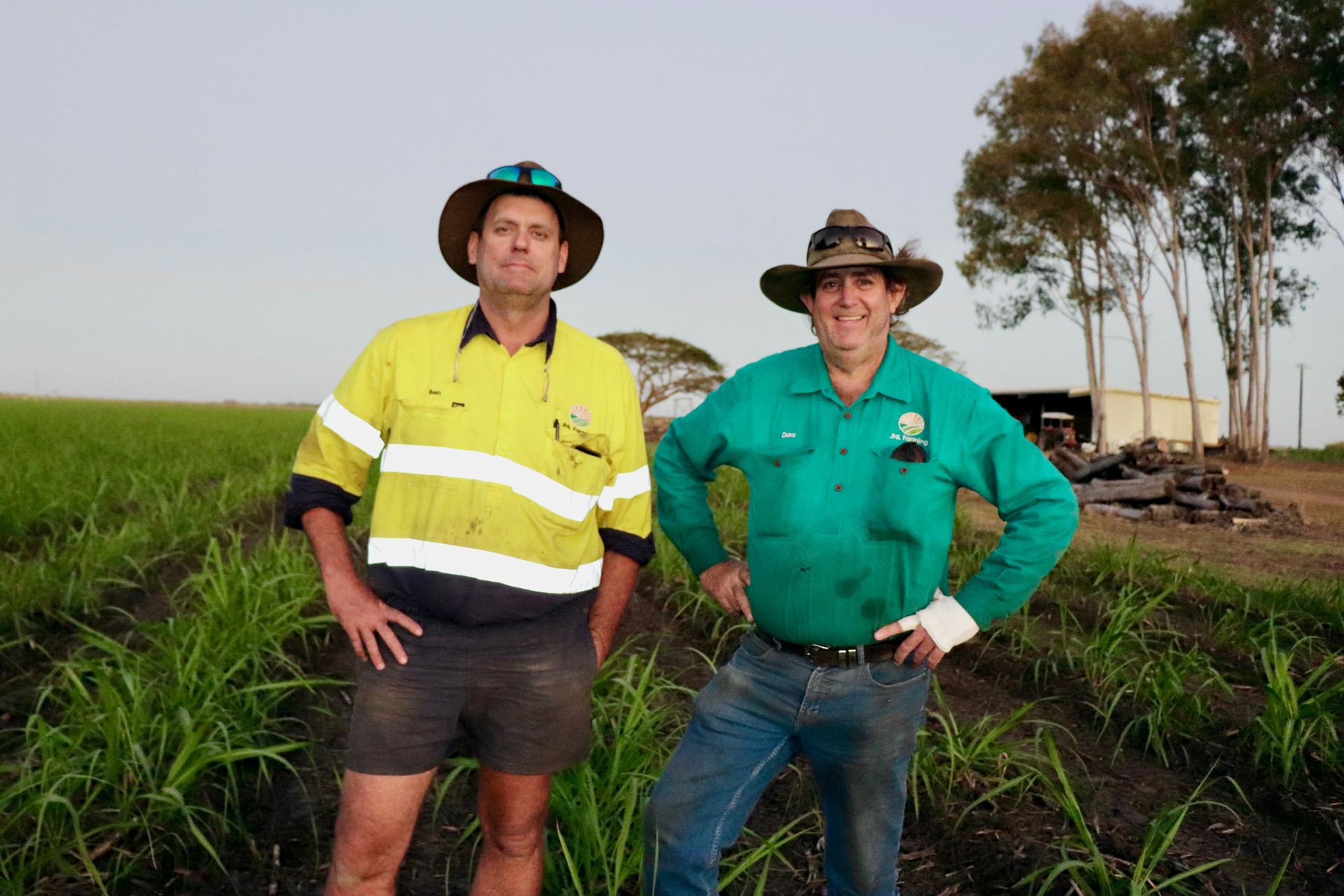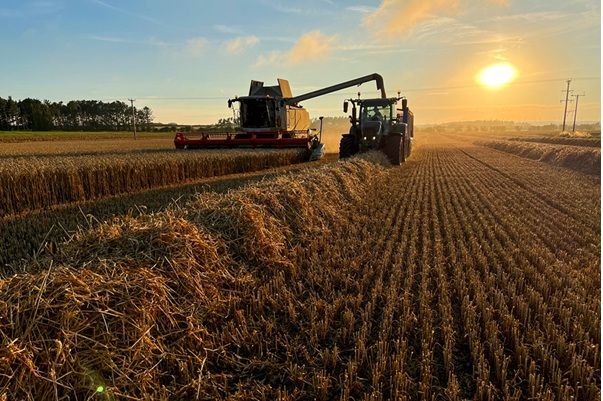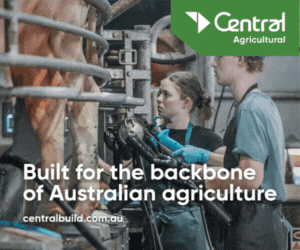1MG FlippingBooks
How Science and Innovation have helped Propel Australia's Wine Industry
Leading vintner and wine industry leader John Casella reflects on the history of science and innovation in our wine industry, often underappreciated. Applied innovation has been a key force in the sector’s success over recent decades.
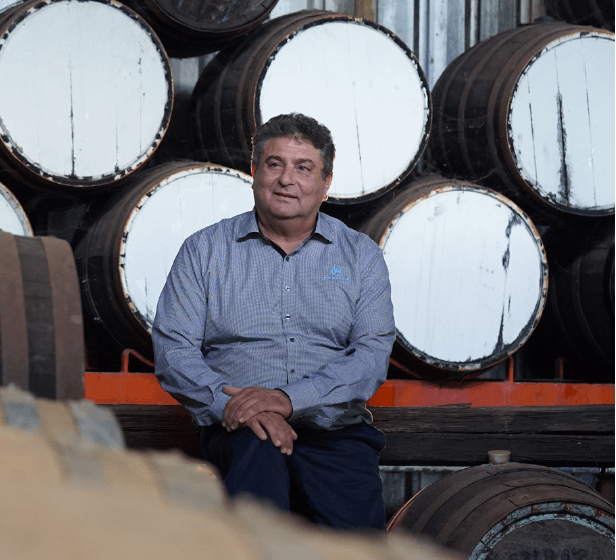
Innovation and science have played an important role in the success of the Australian wine industry. Refrigerated fermentations, insulated wine tanks and inert gas cover, for instance, were introduced in the mid 1900s and have enabled Australian winemakers to prevent oxidation and retain flavours in their wines.
By the 1970s, the adoption of greater clarification of white grape juices by cold settling, filtration or centrifugation reduced the incidence of coarse phenolics – most critically tannins – which otherwise would have rendered white wines more prone to oxidation and less delicacy. These developments and more sophisticated equipment were necessary to counter the hot regions where the renewed industry had largely found itself, a consequence of its history producing fortified wines that, for many decades, had dominated the wine market.
Of great significance in this period was the release of the 1952 Penfolds Grange Hermitage. The wine’s creator, Max Schubert AM, took the revolutionary step of finishing the fermentation of his red wine in barrels of new American oak. New oak was rarely used at this time other than to repair damaged barrels. While the target of early ridicule, bottle-age revealed the emergence of a classic that was to influence Australian winemaking. This would take on greater significance on global markets when in 1995 the influential American magazine Wine Spectator rated the 1990 vintage of Grange as its Wine of the Year.
For around a century Australian varietal table wines were based on merely four grapes, Semillon, Riesling, Shiraz and Grenache, and even these were often labelled with generic names, such as “Claret”. Nevertheless, Chardonnay, Sauvignon blanc, Cabernet sauvignon and Pinot noir had been present since the 1800s but it took the growth of the local table wine market and the move to varietal labelling to bring these to the mainstream. Chardonnay is particularly noteworthy, with renowned UK commentators Jancis Robinson, Master of Wine, and Andrew Jefford declaring that many Australian Chardonnays were of French premier cru – first growth – quality. Pinot noir, too, is internationally recognised, changing from the tough, leathery examples of early years in hot regions to the aromatic, finely balanced wines from cool regions.
Three important examples highlight the variety of home-grown scientific research. Dr Pat Williams and colleagues at the Australian Wine Research Institute (AWRI) discovered in 1992 that some flavours in wines are present in grapes as flavourless precursors. This had great benefits in understanding the processes of primary fermentation which release these flavours. The spinning cone column, a process invented by CSIRO, has been used for making reduced or low alcohol wines, grape concentrates and for the removal of undesirable flavours. It is also used in many applications in the food and brewing industries. In 2001 Australian producers began a widespread move to screwcap closures to counter damage to bottled wine by cork taint and oxidation. While this was strictly an adoption, ground-breaking research by the AWRI identified how screwcaps and other closures could be better managed for maximum consumer benefit. This research had worldwide ramifications.
While new production techniques were bringing greater quality and consistency for the consumers’ wines, research, innovation and adoption moved from the winery into the vineyard.
Agriculture and population growth have brought more pressure on water resources in our dry continent, prompting several approaches to mitigation. Regulated deficit irrigation (RDI) relies on accurate measurement of soil moisture, humidity and evaporation rate to restrict growth and crop, gaining quality while maintaining vine health. An alternative, partial rootzone drying (PRD) uses twin irrigation lines, one on each side of the vine row, supplying water or restricting it alternately to each side of the row. The roots on the dry side send hormonal signals to the vine to restrict further growth, while those on the wet side nevertheless give the vines sufficient supply.
Climate change has exacerbated the demands on water resources, with mitigation in vineyards following broadly two paths. Some companies are moving the centre of gravity of their vineyard holdings towards cooler regions such as Tasmania, adding to the shift in vineyard regions that began in the 1970s. The second option is to use the existing vineyard. Research is identifying the grape varieties that better suit warmer conditions when the time comes to replant. Alternatively, extensive studied are showing how existing vineyards can be better prepared for drier conditions with well-targeted irrigation and using new tools including apps on smart phones that can measure water or nutrient status and light penetration. This micro-sensing can also identify the extent of vineyard variability, which was studied on the macro scale by Rob Bramley and colleagues using remote sensing by satellites. This highlighted areas of higher or lower vigour and yield, allowing different sections of a vineyard to be managed and harvested either in different batches or on different dates, leading to higher quality.
The warming climate has also increased the speed of ripening. Sugar levels, however, tend to race ahead of flavours and tannins, so that winemakers find they need to delay until grapes are fully ripe. This leads firstly to increasing alcohol levels but also, with increased heat, grapes are ripening earlier and in warmer months, exacerbating the problem. Brilliant research by Victor Sadras and colleagues at SARDI found that hotter weather decoupled the onset of sugar and phenolic development forcing the latter to lag. This showed sound physiological evidence for what winemakers had been struggling with.
Growing concern for the environment by the public and the wine industry has concentrated effort on reduced inputs and sustainability. Changes include reducing fuel use in vineyards by grazing sheep during vine dormancy; using mulches to reduce evaporation, vine stress and herbicide use, retaining moisture and using less fuel for irrigation; mulching prunings to retain organic material and carbon; and using composts, including composted grape marc. Nitrous oxide, a strong greenhouse gas, is released from soils, but changing fertiliser practice in vineyards is reducing its emissions.
Research was boosted by the formation of the Wine Innovation Cluster (WIC) in 2008. Based at the Waite Institute in Adelaide, this is a group of universities, national and state research organisations providing synergy on many projects. Some have been completed while others are continuing, including identifying clones for climate change and grapevine rootstocks to reduce environmental stress; developing irrigation strategies to combat dry winters; and understanding fungicide resistance in viticulture. Another project within the WIC is defining the regional variability and uniqueness of Australian Shiraz.
Research to practice, a strong part of the Australian wine industry, is continuing to bring results to industry through seminars, workshops and published technical papers.
Winemaking continues to focus in research, notably sequencing the DNA of yeast and malolactic bacteria strains to improve microbial performance and make sounder, more flavoursome wines; the identification of rotundone, the compound responsible for the black pepper aroma and flavour in wine, and its importance in Australian Shiraz wines; and understanding and avoiding “brett”, an unattractive horse-stable or medicinal plaster taint in wine which is disliked by consumers. And the consumer is the most important person to please.
Like wine production, wine itself complex, but many wine lovers look for just simple enjoyment. It was satisfying this need that challenged me. Casella needed to escape the crowded market, make our own rules and create a brand that had breathing space to grow. Our way to differentiate was to make a wine that wasn’t traditional, but was good fun and easy to drink. Within 14 years we had a top-selling brand in Australia and took [yellow tail] to 51% of Australia’s share in the US market. We’re now successful in Asia too.
Other market opportunities are being explored. The country’s winegrowing regions are increasing in number, bringing more cellar doors to please visitors and increasing the diversity of our regional offerings, particularly on-premise. Australia has also further diversified its varietal mix, most importantly with vermentino, pinot gris/grigio, prosecco, viognier, sangiovese, tempranillo, petit verdot and nebbiolo.
Ultimately, research alone is not enough. Disseminating the findings to vineyard and winery is essential as is the need, even the challenge and courage, to the meet consumers’ expectations.
